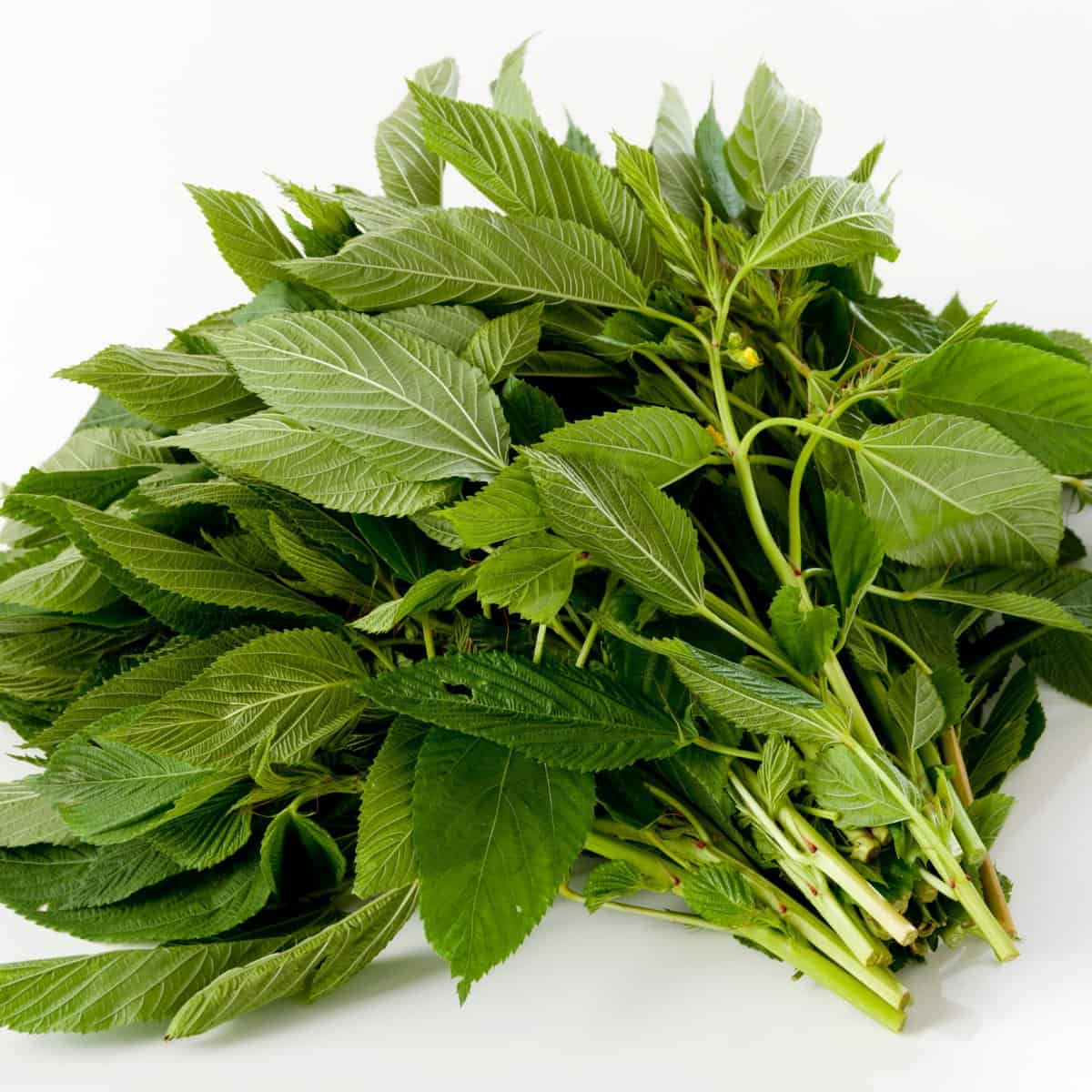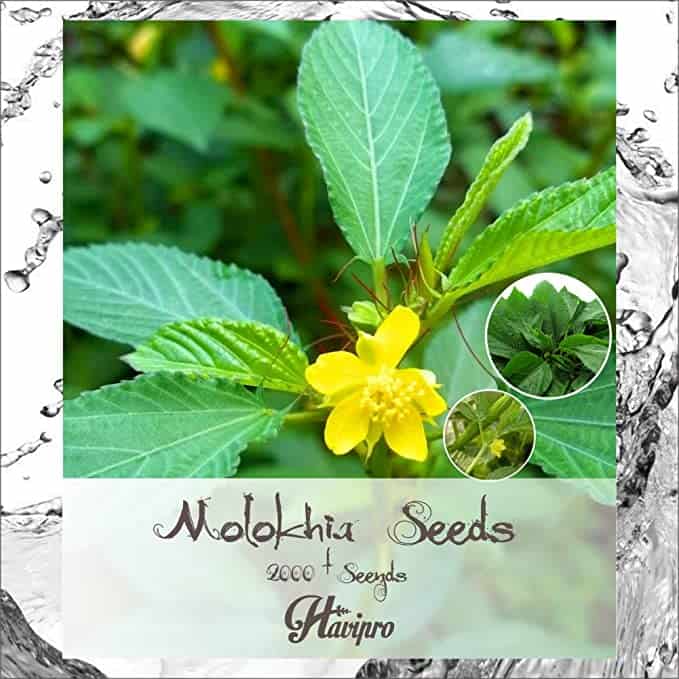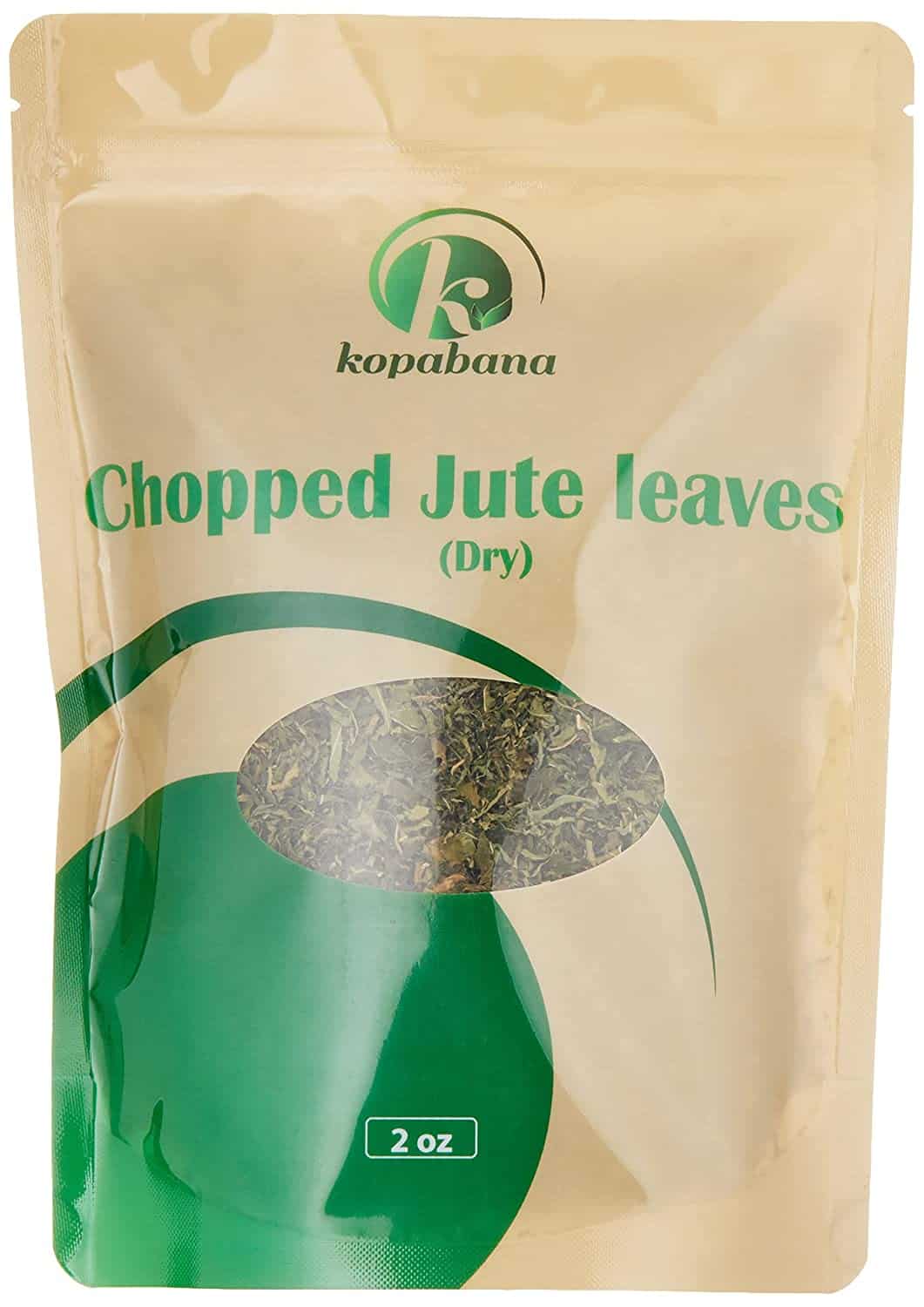Saluyot: The Edible Jute Leaves
Jute mallow, or Corchorus olitorius, is a type of shrub in the Malvaceae family. Together with C. capsularis, it is the primary source of jute fiber.
The leaves and young fruits of the plant are edible and often used as a vegetable, while the dried leaves can be used to make tea or as a soup thickener.
The plant’s seeds are also edible. Saluyot is a popular leafy vegetable in the Philippines, where it is known by the same name.
It is also commonly referred to as “jew’s mallow”, “tossa jute”, “bush okra”, and “krinkrin”, among other local names.
The leafy greens are rich in vitamins and minerals, making them a nutritious addition to any diet.
They are also a good source of fiber. Saluyot leaves can be eaten cooked or raw, and are often used in salads, soups, and stews.


Check out our new cookbook
Bitemybun's family recipes with complete meal planner and recipe guide.
Try it out for free with Kindle Unlimited:
Read for freeIn this post we'll cover:
What does saluyot taste like?
Saluyot leaves have a slimy texture and a slightly bitter taste. They are not as bitter as ampalaya, but have a similar flavor to chili leaves. Some people also compare the taste of saluyot to spinach .
The leaves can be eaten cooked or raw.
How to eat saluyot
The leaves can be eaten cooked or raw. They are often used in salads, soups, and stews.
To cook saluyot, the leaves are first washed and then boiled in water for a few minutes.
They can also be sautéed with garlic, onions, and other seasonings for dishes like dinengdeng and bulang-bulang.
Best saluyot to buy
You can buy saluyot as either seeds to grow the plants yourself, or as dried leaves.
Saluyot seeds
My favorite seeds are these from Havipro:

Dried saluyot
This Kopabana package of dried and chopped saluyot leaves is a great product to work with:

What’s the difference between saluyot and spinach?
Saluyot leaves are darker and have a more bitter taste than spinach. They are also more slimy in texture. Although the origin of the plant is unclear, saluyot is often called egyptian spinach but it is not the same as spinach.
How to store saluyot
The leaves can be stored in a plastic bag in the fridge for up to three days.
What’s the difference between saluyot and kulitis?
Kulitis, or Amaranthus tricolor, is a type of leafy vegetable that is also known as “edible amaranth.” It is similar to spinach in appearance and taste. However, kulitis leaves are more deeply colored and have a slightly sweeter taste. Kulitis is also less slimy than saluyot.
Popular saluyot pairings
Saluyot leaves are often used in combination with other leafy greens like kangkong, malunggay, and spinach. They are also commonly paired with fish, shrimp, and pork.
What dishes can I make with saluyot?
Some popular dishes that feature saluyot include sinigang na isda (fish soup), pinakbet (vegetable stew), and dinengdeng (vegetable soup). Saluyot can also be added to other dishes like mung bean soup and chicken tinola.
Conclusion
Saluyot may be the Asian answer to spinach. It’s delicious and healthy and you can do a lot with it.
Check out our new cookbook
Bitemybun's family recipes with complete meal planner and recipe guide.
Try it out for free with Kindle Unlimited:
Read for freeJoost Nusselder, the founder of Bite My Bun is a content marketer, dad and loves trying out new food with Japanese food at the heart of his passion, and together with his team he's been creating in-depth blog articles since 2016 to help loyal readers with recipes and cooking tips.
